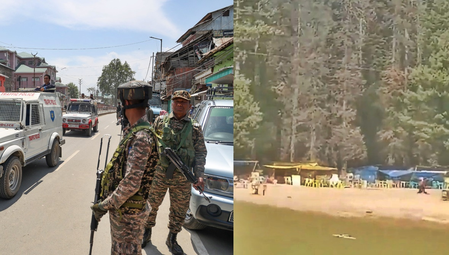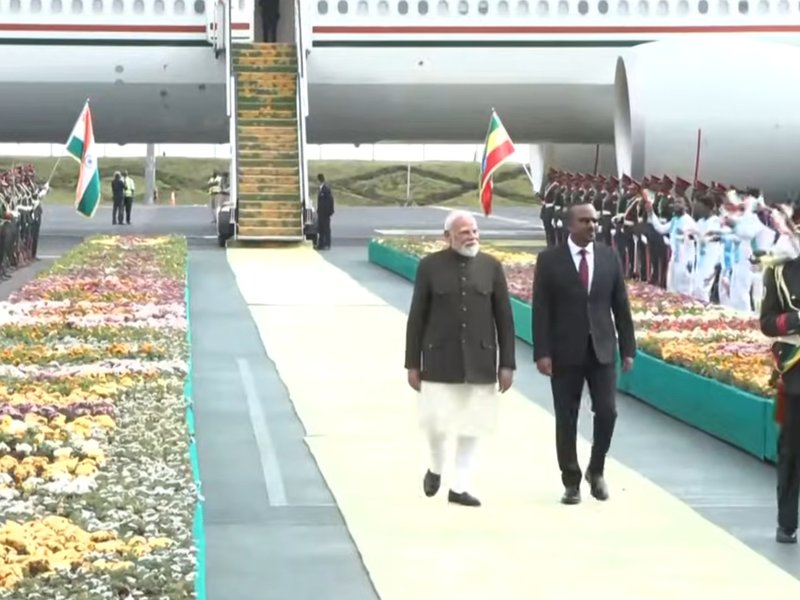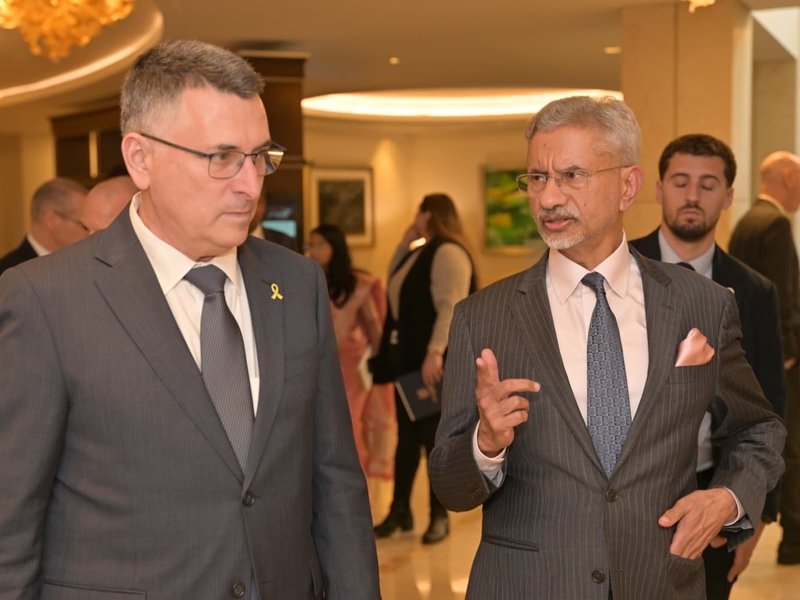New Delhi, April 26 (IANS) In the tragic aftermath of the Pahalgam terror attack, a familiar and deeply troubling pattern has resurfaced: a swift, coordinated campaign to brand the incident a “false flag operation” ‘orchestrated’ by India itself. Analysts, cybersecurity experts, and intelligence observers are raising serious alarms over what they see as a deliberate disinformation strategy aimed not just at deflecting blame from the real perpetrators, but at weakening India from within.
Within hours of the attack, long before any official investigation could conclude, social media platforms -- particularly X -- were flooded with coordinated posts blaming Indian agencies for orchestrating the violence. The immediacy with which the 'false flag' claims emerged is not organic, say observers. It's a tactical information warfare manoeuvre -- classic fifth-generation warfare, says a security expert.
Verified accounts, anonymous profiles with strange numeric handles, and bot-like activity patterns began to flood timelines with phrases like, “Just like Pulwama, this too is a false flag.” Intelligence analysts point out that such uniformity of messaging, without evidence, reveals a pre-loaded script, not spontaneous public sentiment.
“This is not just misinformation — it’s psychological operations designed to delegitimise the Indian state,” say experts. It’s meant to confuse the public and shift the blame away from Pakistan and its terror proxies, they add.
Observers from the cyber intelligence confirm that many of the accounts pushing the false flag theory have histories of spreading anti-India propaganda, often originating from across the border or being amplified by what experts call the “India-in-name-only” brigade — a group of habitual India-bashers with blue ticks and newsroom access.
A pattern that was very much seen during previous attacks as well:
Pulwama 2019: It was within a few hours of this incident that hashtags suggesting Indian 'involvement' started trending globally, with suspicious amplification from Pakistani digital agencies.
Amarnath Yatra attack: Similar claims of internal conspiracy emerged even as details of cross-border infiltration were being confirmed.
Pahalgam 2025: The same ecosystem is now active again, using identical linguistic structures and disinformation playbooks.
In the current instance, false flag proponents have floated theories that the attack was “engineered” to influence the Bihar elections or divert attention from the Waqf Board controversies. Intelligence strategists call this “classic deflection.”
Whenever a terror incident occurs, rather than condemning the perpetrators, this group launches into political conspiracy theories — without evidence, but with great theatrical flair, they explain.
What remains common in all these narratives is the complete erasure of Pakistan’s role. There is no mention of cross-border networks, no questions about terrorist camps, and no demand for accountability from those with a documented history of exporting terror.
Even more alarming is the emergence of propaganda videos featuring men dressed as Indian soldiers, spreading disinformation to support the ‘false flag’ theory. These actors in uniform, often using distorted audio and scripted confusion, are being circulated to confuse and delegitimise the Indian Army.
Observers argue that this is not just low-grade trolling, but it’s state-supported psychological warfare aimed at undermining the credibility of our forces and feeding internal dissent.
A small but vocal segment of retired military personnel, dubbed the “Scotch-sipping Ex-Fauji brigade” by critics, has also joined the disinformation chorus. Many of them, stripped of influence after 2014 reforms, have found a new identity on primetime panels and op-ed columns — casting doubts on the very institutions they once served.
These individuals who are no longer stakeholders in the system have turned their bitterness into opportunism. They are now peddling enemy-aligned narratives under the guise of free speech, says a security expert.
The combination of rapid response, uniform narrative, coordinated amplifiers, and fake visual content points to a structured, multi-tiered propaganda strategy, not random criticism. Security experts are of the view that many of the accounts pushing these narratives have metadata linkages to known Pakistani IP clusters. They have prior involvement in disinformation operations during events like the Balakot airstrikes and the abrogation of Article 370.
In the age of hybrid warfare, not every enemy wears a uniform, and not every bullet is fired from a gun. The battlefield is now digital, ideological, and psychological. And while the real perpetrators of the Pahalgam massacre lurk in the shadows, their defenders walk openly among us — behind pseudonyms, disguised agendas, and glib rhetoric.
The “false flag” narrative is not harmless speculation — it is enemy-crafted deceit designed to: Undermine India’s response to terror, sow distrust among its citizens, obstruct justice for the victims, and shield the real culprits.
--IANS
brt/uk












